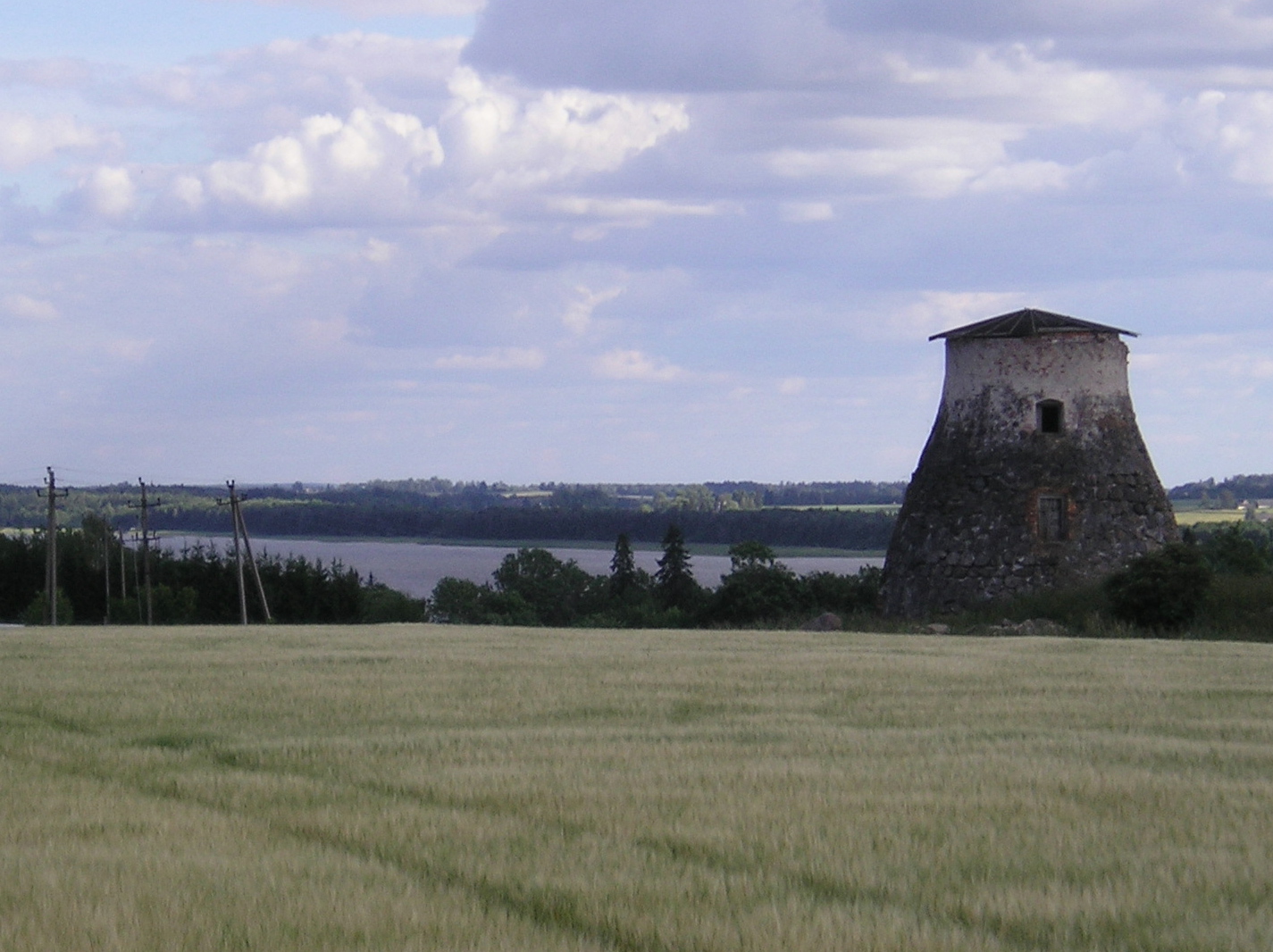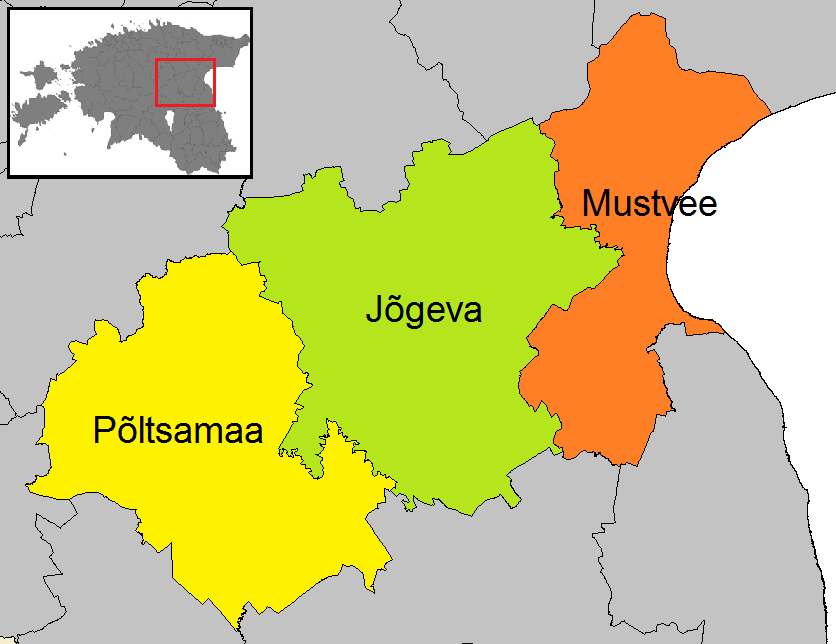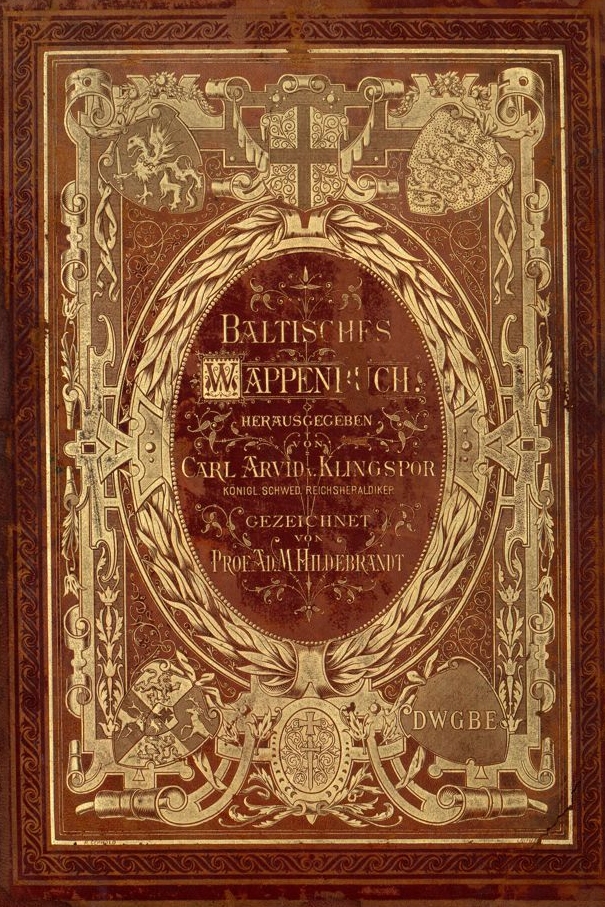|
Kuremaa
Kuremaa is a small borough (') in Jõgeva Parish, Jõgeva County in eastern Estonia. It lies 10 km from Jõgeva, near the northern shore of Lake Kuremaa, the 11th largest lake in Estonia. Kuremaa features an estate that was owned by the von Oettingen family until the early 20th century. Part of the estate's manor house is now a museum, its windmill in neighbouring Mooritsa village is a popular landmark, and its terraced gardens reach down to the shore of Lake Kuremaa. History The first known mention of Kuremaa is in historical records dated 1582, where it is referred to as ''Korymek''. Other names used in historical texts include ''Kurremois'', ''Jensel'', and ''Jenselhof''. According to Herbert Ligi, a noted Estonian historian, Johann Wrangel established a manor at Kuremaa in the middle of the 16th century. The region fell to the Polish at the end of the Livonian War and the manor was passed to Andreas Chotkowsky, but later returned to the Wrangel family when Fabian Wr ... [...More Info...] [...Related Items...] OR: [Wikipedia] [Google] [Baidu] |
Kuremaa Järv (mai 2012)
Kuremaa is a small borough (') in Jõgeva Parish, Jõgeva County in eastern Estonia. It lies 10 km from Jõgeva, near the northern shore of Lake Kuremaa, the 11th largest lake in Estonia. Kuremaa features an estate that was owned by the von Oettingen family until the early 20th century. Part of the estate's manor house is now a museum, its windmill in neighbouring Mooritsa village is a popular landmark, and its terraced gardens reach down to the shore of Lake Kuremaa. History The first known mention of Kuremaa is in historical records dated 1582, where it is referred to as ''Korymek''. Other names used in historical texts include ''Kurremois'', ''Jensel'', and ''Jenselhof''. According to Herbert Ligi, a noted Estonian historian, Johann Wrangel established a manor at Kuremaa in the middle of the 16th century. The region fell to the Polish at the end of the Livonian War and the manor was passed to Andreas Chotkowsky, but later returned to the Wrangel family when Fabian Wr ... [...More Info...] [...Related Items...] OR: [Wikipedia] [Google] [Baidu] |
Lake Kuremaa
Lake Kuremaa ( et, Kuremaa järv, german: Jenselsche See) is a lake in Jõgeva Parish, Jõgeva County, Estonia, located north of Palamuse. It's the 11th largest lake in Estonia and the second largest in the Vooremaa Vooremaa ("Drumlin Land" in Estonian language, Estonian; also Saadjärv Drumlin Field) is a landscape region mostly in Jõgeva County, Estonia. It consists of drumlins and Depression (geology), depressions that were formed by Glacier ice accumu ... region (after Saadjärv). It has an average depth of , max. depth is . The lake is above sea-level. References Lakes of Estonia Jõgeva Parish Lakes of Jõgeva County {{jõgeva-geo-stub ... [...More Info...] [...Related Items...] OR: [Wikipedia] [Google] [Baidu] |
Jõgeva County
Jõgeva County ( et, Jõgeva maakond or ''Jõgevamaa'') is one of 15 counties of Estonia. It is situated in eastern part of the country and borders Ida-Viru County to the north-east, Lake Peipus to the east, Tartu County to the south, Viljandi County to the south-west, Järva County to the north-west and Lääne-Viru County to the north. History Jõgeva County or Jõgevamaa was created January 1, 1990 from a parts of Viljandimaa and Tartumaa counties. County government The County government (Estonian: ''Maavalitsus'') was led by a governor (Estonian: ''maavanem''), who was appointed by the Government of Estonia for a term of five years. Since 2009 until 2018, the Jõgeva County governor position was held by Viktor Svjatõšev. From 01.01.2018 County governments were shut down in Estonia. Municipalities The county is subdivided into municipalities. There are three rural municipalities (Estonian: ''vallad'' – parishes) in Jõgeva County. See also *Vooremaa *Vooremaa ( ... [...More Info...] [...Related Items...] OR: [Wikipedia] [Google] [Baidu] |
Mooritsa
Mooritsa is a village in Jõgeva Parish, Jõgeva County in eastern Estonia Estonia, formally the Republic of Estonia, is a country by the Baltic Sea in Northern Europe. It is bordered to the north by the Gulf of Finland across from Finland, to the west by the sea across from Sweden, to the south by Latvia, a .... (retrieved 28 July 2021) References Villages in Jõgeva County {{Jõgeva-geo-stub ... [...More Info...] [...Related Items...] OR: [Wikipedia] [Google] [Baidu] |
Jõgeva Parish
Jõgeva Parish ( et, Jõgeva vald) is a rural municipality of Estonia, in Jõgeva County. It has a population of 13,513 (2018) and an area of 458 km² (177 mi²). Populated places ;Towns: Jõgeva (administrative center) ;Small boroughs: Kuremaa - Laiuse - Palamuse - Sadala - Siimusti - Torma ;Villages: Alavere - Änkküla - Eerikvere - Ehavere - Ellakvere - Endla - Härjanurme - Imukvere - Iravere - Järvepera - Jõune - Kaarepere - Kaave - Kaera - Kaiavere - Kantküla - Kärde - Kassinurme - Kassivere - Kaude - Kivijärve - Kivimäe - Kodismaa - Koimula - Kõnnu - Kõola - Kudina - Kurista - Laiusevälja - Leedi - Lemuvere - Liikatku - Liivoja - Lilastvere - Lõpe - Luua - Mooritsa - Mullavere - Mõisamaa - Nava - Näduvere - Ookatku - Oti - Õuna - Paduvere - Painküla - Pakaste - Palupere - Patjala - Pedja - Pikkjärve - Pööra - Praaklima - Rääbise - Raadivere - Raaduvere - Rahivere - Rassiku - Reastv ... [...More Info...] [...Related Items...] OR: [Wikipedia] [Google] [Baidu] |
Baltic Nobility
Baltic German nobility was a privileged social class in the territories of today's Estonia and Latvia. It existed continuously since the Northern Crusades and the medieval foundation of Terra Mariana. Most of the nobility were Baltic Germans, but with the changing political landscape over the centuries, Polish, Swedish and Russian families also became part of the nobility, just as Baltic German families re-settled in locations such as the Swedish and Russian Empires. The nobility of Lithuania is for historical, social and ethnic reasons separated from the German-dominated nobility of Estonia and Latvia. History This nobility was a source of officers and other servants to Swedish kings in the 16th and particularly 17th centuries, when Couronian, Estonian, Livonian and the Oeselian lands belonged to them. Subsequently Russian Tsars used Baltic nobles in all parts of local and national government. Latvia in particular was noted for its followers of Bolshevism and the latter were ... [...More Info...] [...Related Items...] OR: [Wikipedia] [Google] [Baidu] |
Georg Von Oettingen
Georg Philipp von Oettingen ( – ) was a Baltic German physician and ophthalmologist. He was a brother of theologian Alexander von Oettingen (1827–1905), and physicist Arthur von Oettingen (1836–1920). In 1848 he received his medical doctorate from the University of Dorpat, and until 1853 was a physician at the city hospital in Riga. For a short period of time he practiced medicine in St. Petersburg, and in 1854 returned to Dorpat, where in 1856 he became head of the University Hospital. In 1857 he was appointed professor of surgery, and in 1871 became a professor of ophthalmology. From 1859 to 1866 he was vice-rector at the University of Dorpat, becoming dean of the medical faculty in 1866, and serving as rector from 1868 to 1876. In 1879, Eduard Raehlmann (1848-1917) succeeded him as professor of ophthalmology at Dorpat. [...More Info...] [...Related Items...] OR: [Wikipedia] [Google] [Baidu] |
Alexander Von Oettingen
Alexander Konstantin von Oettingen (, Wissust Manor, Visusti, Wissust () – Tartu, Yuryev ()) was a Baltic German Lutheran theology, theologian and statistician. Biography Oettingen was born at Visusti, Wissust (now in Jõgeva Parish) in the Kreis Dorpat of the Governorate of Livonia, the member of a Baltic German Nobility, noble family that produced many scholars, including his brothers Georg von Oettingen, professor of medicine at the University of Dorpat (), and Arthur von Oettingen, professor of physique in Dorpat and Leipzig University, Leipzig. Alexander von Oettingen studied at University of Erlangen-Nuremberg, Erlangen, University of Bonn, Bonn, and Humboldt University of Berlin, Berlin. From 1854 to 1891, Oettingen was professor of dogmatics at the University of Dorpat and, theologically, a typical representative of this ultra-orthodox and Conservatism, conservative Lutheran department. While his theological works are forgotten, his side-interest in statistics (and the ... [...More Info...] [...Related Items...] OR: [Wikipedia] [Google] [Baidu] |
Arthur Von Oettingen
Arthur Joachim von Oettingen ( – 5 September 1920) was a Baltic German physicist and music theorist. He was the brother of theologian Alexander von Oettingen (1827–1905) and ophthalmologist Georg von Oettingen (1824–1916). Biography He studied astronomy and physics at the University of Dorpat, and furthered his education of physics in Paris in the laboratories of Antoine César Becquerel (1788–1878) and Henri Victor Régnault (1810–1878), and afterwards at Berlin in the laboratories of Heinrich Gustav Magnus (1802–1870), Johann Christian Poggendorff (1796–1877) and Heinrich Wilhelm Dove (1803–1879). In 1868 he became a professor at Dorpat, where he founded a meteorological observatory. In 1893 he moved to the University of Leipzig, where he remained until 1919 as a teacher and honorary professor. In 1898 and 1904 he published the third and fourth volumes of Poggendorff's ''Biographisch-Literarisches Handwörterbuch der exakten Naturwissenschaften''. Oettin ... [...More Info...] [...Related Items...] OR: [Wikipedia] [Google] [Baidu] |
Expropriation
Nationalization (nationalisation in British English) is the process of transforming privately-owned assets into public assets by bringing them under the public ownership of a national government or state. Nationalization usually refers to private assets or to assets owned by lower levels of government (such as municipalities) being transferred to the state. Nationalization contrasts with privatization and with demutualization. When previously nationalized assets are privatized and subsequently returned to public ownership at a later stage, they are said to have undergone renationalization. Industries often subject to nationalization include the commanding heights of the economy – telecommunications, electric power, fossil fuels, railways, airlines, iron ore, media, postal services, banks, and water – though, in many jurisdictions, many such entities have no history of private ownership. Nationalization may occur with or without financial compensation to the former owners. ... [...More Info...] [...Related Items...] OR: [Wikipedia] [Google] [Baidu] |
Estonia
Estonia, formally the Republic of Estonia, is a country by the Baltic Sea in Northern Europe. It is bordered to the north by the Gulf of Finland across from Finland, to the west by the sea across from Sweden, to the south by Latvia, and to the east by Lake Peipus and Russia. The territory of Estonia consists of the mainland, the larger islands of Saaremaa and Hiiumaa, and over 2,200 other islands and islets on the eastern coast of the Baltic Sea, covering a total area of . The capital city Tallinn and Tartu are the two largest urban areas of the country. The Estonian language is the autochthonous and the official language of Estonia; it is the first language of the majority of its population, as well as the world's second most spoken Finnic language. The land of what is now modern Estonia has been inhabited by '' Homo sapiens'' since at least 9,000 BC. The medieval indigenous population of Estonia was one of the last " pagan" civilisations in Europe to adopt Ch ... [...More Info...] [...Related Items...] OR: [Wikipedia] [Google] [Baidu] |
Animal Husbandry
Animal husbandry is the branch of agriculture concerned with animals that are raised for meat, fibre, milk, or other products. It includes day-to-day care, selective breeding, and the raising of livestock. Husbandry has a long history, starting with the Neolithic Revolution when animals were first domesticated, from around 13,000 BC onwards, predating farming of the first crops. By the time of early civilisations such as ancient Egypt, cattle, sheep, goats, and pigs were being raised on farms. Major changes took place in the Columbian exchange, when Old World livestock were brought to the New World, and then in the British Agricultural Revolution of the 18th century, when livestock breeds like the Dishley Longhorn cattle and Lincoln Longwool sheep were rapidly improved by agriculturalists, such as Robert Bakewell, to yield more meat, milk, and wool. A wide range of other species, such as horse, water buffalo, llama, rabbit, and guinea pig, are used as livestock in some ... [...More Info...] [...Related Items...] OR: [Wikipedia] [Google] [Baidu] |




